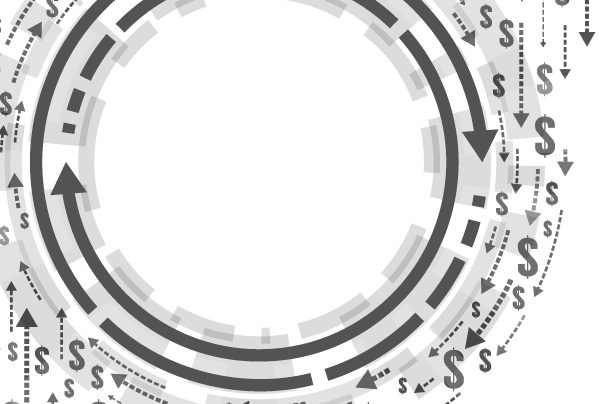Managing cashflow through chaos
Fertiliser and other farm inputs have seen sharp cost increases this season. Farm financial adviser Campbell Wood offers some coping solutions.

Fertiliser and other farm inputs have seen sharp cost increases this season. Farm financial adviser Campbell Wood offers some coping solutions.
Sheep and beef farmers have seen farm working-cost inflation of 17% for the season, based on our Agrifocus database of some preliminary 2022 financial accounts. These are the sharpest cost increases in a single season that we have on record since we began capturing data for our clients in 2004.
This comes as no surprise and has been well highlighted, with the obvious dramatic increases in fuel, fertiliser, feed and, for some, labour. Although nobody likes any of this, we have been able to absorb this largely through strong commodity prices.
Although we encountered 17% inflation last year, we were able to get halfway through the season before this started to bite. This season, we are facing it from the outset, so some real consideration needs to be made before committing to expenditure. The fertiliser bill, which was 20–25% higher last season, is now about 50% higher again depending on the mix used, and in some instances close to twice the spend of 2021. Shearing costs look to have risen 25% due to a sharp spike in labour charges, and interest rates have also increased 2.4%, a rise of 50% for most on floating lending.
At a time when all of these fixed costs have increased, here in Southland, anecdotally the scanning is down 11%, and at the time of writing it is snowing outside, just as the main lambing has started for most.
We need to ensure we are looking at our spending and comparing it with what we always do every year, at least until the income side of the ledger is understood a bit better. Nobody wants to get to late autumn to find the overdraft sitting far higher than they would like it to be and hoping for a better year next year.
Decisions we make now will dictate how things may look come season end. From what we see, the better operators are able to finish their animals earlier, giving them better decision-making opportunities, knowing how much they can allocate to the larger costs such as fertiliser.
Now we can’t just spend nothing, as that comes with its own set of consequences, but we do need to prioritise spending into categories. We need to hold some spending until later in the season and, if things are tracking well, bring some of these expenses into play, but if things aren’t tracking well, they need to go on the back-burner.
From what we are seeing, farmers are understanding their finances better, and we don’t want to see this undone by a lack of proactive decision making. We need to ensure profitability remains on the forefront, as I for one do not like the prospect of eating pine cones as a staple of my diet. Overall, the performance needs to lift to compete with these alternative land uses that are coming at us thick and fast.
We are having lots of conversations regarding conversion to forestry. We do not believe it to be a long-term sustainable option, though there could be merit in planting some lesser productive land or gullies. Although cashflow and returns look to be good once the carbon credits start rolling in, there is still a lot of uncertainty about the longevity of forestry and the ETS. Watch this space.
As always there is a big focus on cashflow and knowing your position. Sit down with your accountant and/or adviser and review your cash flow. Engage your banker early if you foresee issues.
- Campbell Wood is a senior client adviser at Agrifocus, chartered accountants and farm financial advisers based in Southland and Otago.




